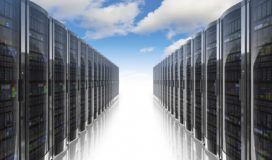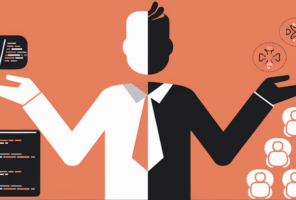6 R’s of a Cloud Migration
More and more organizations are turning to cloud providers when it comes time to reinvest in aging infrastructure. When considering a technology workload migration; it is important to remember that there are multiple ways of migrating that workload out of its current environment. At SPR, we use the term “6 Rs” to describe cloud migration options.
The "6 Rs" are Remove, Retain, Replatform, Rehost, Repurchase, and Refactor. Each potential migration type is important to consider. They are organized in terms of innovation. The higher up options usually provide the latest technology solution.
The very first of these is to Remove the service. In today's data centers there are often times several workloads that are no longer used but have been kept running. This "server sprawl" can have lots of causes, but in some cases, the best thing to do to a workload is to simply turn it off. Care should be taken to ensure that the service is decommissioned in a fashion that is in line with your current procedure of retiring a platform, but often times a data center renovation is a great time to remove deprecated technology from your service catalog.
In some cases when a server or IT service is still required and cannot be migrated to the cloud it makes the most sense to Retain that server or service in its current position. This Retain methodology often times is used in a Hybrid cloud deployment that uses some on-premises IT servers and services combined with cloud technologies to offer a seamless integrated user experience. Retaining old solutions typically brings with it increased costs to maintain. In addition to hardware warranties that tend to become more expensive as spare parts become scarce, the organizational knowledge of those technologies tends to become increasingly scarce as people within the IT organization move into new roles. While it might at times make sense to retain a technology, doing so is only advisable in select circumstances. The impact of retaining some technologies on-premises is usually an increased demand on hybrid connectivity.
The third option is to Replatform the technology. This is often a more desirable option than the second. Often times when organizations have legacy applications that can't be simply migrated up to IaaS cloud platforms, it is possible to run those applications on modern cloud based IaaS servers using the emulators. An example of this is Microsoft Windows Server 2012. Microsoft Windows 2012 natively supports 32 bit applications even though the operating system is 64. Several tools including AppZero are available to help organizations shift workloads into cloud based virtual machines. While these tools and migrations come at a cost, it is sometimes a significant savings when compared to the cost of rebuilding the existing legacy system. This is the first migration option that is using modern cloud technologies. In this phase we are relying on compatibility tools and emulators to enable the use of newer cloud technologies to run legacy IT services.
Rehosting is the fourth level of a migration into the cloud. This "lift and shift" migration is very popular. It involves moving your existing physical and virtual servers as is into a compatible IaaS solution. Microsoft actually offers a migration accelerator that is designed to help with this style of migration. The migration accelerator can help you move physical, virtual, and cloud based servers into the Microsoft Azure platform.
The final 2 migration options, Repurchasing and Replatforming, can be the most valuable. Repurchasing a solution is the migration strategy that involves changing the licensing model that is currently used for existing solutions. Microsoft Azure billing model is such that you only pay for resources when they are powered on. Application development stages like Dev, test, UAT, etc. in an on-premises work load might require you to purchase a license for each application in that environment. In Microsoft Azure you would only pay for those licenses when those resources are powered on and provisioned. Additionally, for workloads that can easily be upgraded to newer versions, this repurchase model might allow a feature set upgrade as you move to the cloud.
Lastly, the biggest cloud benefit comes from when you Refactor an application. Refactoring a solution involves redesigning the solution to take advantage of the latest PaaS and SaaS based technologies. Cloud optimized workloads that can be Refactored see reduced costs, reduced operational requirements, increased scalability and increased uptimes.
As the IT landscape evolves more and more organizations look to embrace cloud technologies as a replacement to expensive and outdated on-premises data centers. If you are considering migrating some of your IT solutions into the cloud, it is important to consider several different options when deciding the strategy about the migration.
Ready for what's next?
Together, we can help you identify the challenges facing you right now and take the first steps to elevate your cloud environment.



